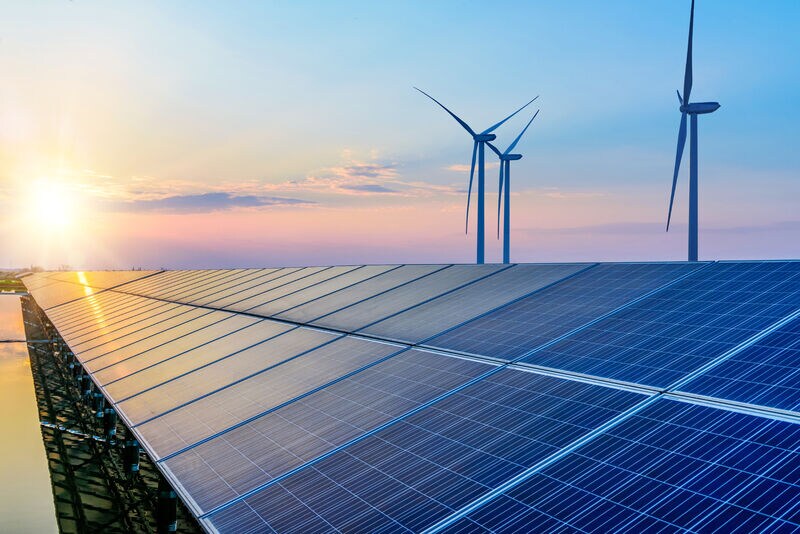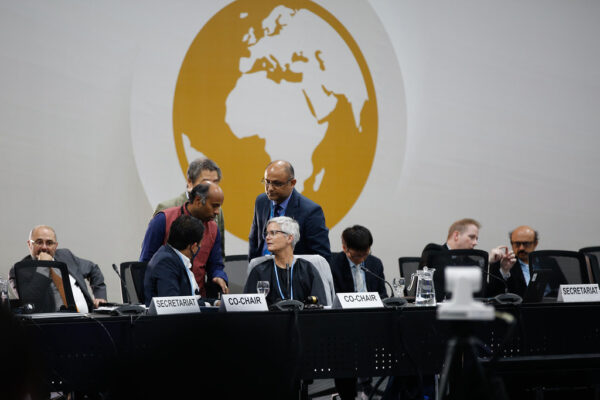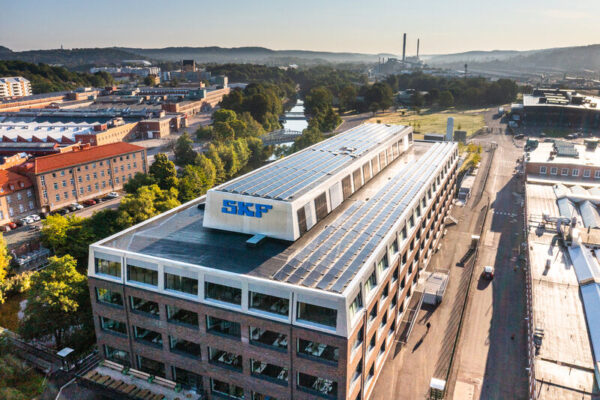Human activities have been compounding climate change for years now – recent records in ocean heat and acidification, greenhouse gas concentrations, and sea level rise show that it is past time for thorough action supported by politics and industry decision makers.
Shifting the global power supply from fossil fuels to renewable energies is one of the main measures to curb the ramifications of climate change. In most cases, technologies like solar, ocean, and wind are cheaper than fossil fuels but lack the support from the global power supply chain. To really make an impact, things must change to establish renewable energy as the world’s main energy source. We gathered five critical actions to put these technologies to work at scale and speed:
1 – Create storage solutions
An often-mentioned downside to renewables is their irregular nature. While they provide reliable and cost-effective energy when the wind is blowing or the sun is shining, they cannot provide continuous power on their own. Energy storage solutions like batteries and pumped hydroelectric storage allow excess renewable energy to be stored and used when needed. This increases energy system flexibility, reliability, and competitiveness. It also allows renewable energy to be used in a wider range of applications, such as powering remote communities, vehicles, or providing backup power during natural disasters. To fast-track the energy transition, countries and companies need to invest in new and existing storage solutions – and make them available to everyone, not only wealthy countries. This includes removing roadblocks to knowledge sharing and technological transfer, including intellectual property rights barriers.
2 – Make components and raw materials globally available
To position renewable energy as the main power source, it needs to be made available everywhere. Hence, ensuring widespread access to all the crucial components and materials is key to driving the implementation of more solar panels, wind turbines, and respective electricity networks. – especially, since the world’s demand will increase quickly as the energy transition moves forward. To enable global availability of these goods, decision makers need to expand and diversify manufacturing capacity all over the world, increase investments in training, research, and innovation, and offer incentives to build supply chains through sustainable practices that protect ecosystems and societies. This will require significant international coordination.
3 – Encourage transparency and clarity
A valid point of criticism that many climate activists bring up to political leaders is the lack of speed in expanding renewable energy. To keep the promises made in the Paris Agreement, the renewable energy industry needs to expand threefold by 2040 compared to today. An important measure to achieving this goal is streamlining and fast-tracking renewable energy projects, while simultaneously catalyzing private sector investments. This can only happen by reforming policy frameworks in every country, which means making processes and policies clearer and more transparent, depleting bureaucracy, and offering more public support.
4 – Shift energy subsidies
While many countries are fostering the implementation of renewable energies, some are still providing subsidies for fossil fuels – one of the biggest financial barriers hampering the world’s shift to clean energy. According to the International Monetary Fund (IMF), fossil fuels benefited with a total of $5.9 trillion in subsidies in 2020 alone. This number is even expected to rise until 2025 due to the increasing consumption of fuel in emerging markets. Not only are these subsidies environmentally damaging but they also distort markets, and undermine the competitiveness of clean technologies, thus preventing a quick energy transition. By shifting subsidies from fossil fuels to renewables, governments can accelerate the transition to a low-carbon and resilient energy system.
5 – Enable and empower young people
84 percent of young people are concerned about climate change and the lack of political action. Unsurprisingly so, if the world is not able to curb carbon emissions, future generations will have to face the raving consequences. It is crucial for governments and decision-makers to meaningfully include young people in policy debates. Young people are actually leading climate action around the world. They are aware of the challenges presented by the climate crisis as well as the opportunities to achieve a more sustainable, environmentally friendly future.
Young people are not only victims of climate change. They are also valuable contributors to climate action. They are agents of change, entrepreneurs and innovators. Whether through education, science or technology, young people are scaling up their efforts and using their skills to accelerate climate action.
The transition to renewable energy is not only necessary for the health and survival of our planet – it is also achievable and has numerous economic and social benefits. By prioritizing the five steps outlined above, we can accelerate the shift to a sustainable energy future. This transition will require global cooperation and a willingness to embrace new technologies and approaches, but the payoff will be a cleaner, more prosperous world.



